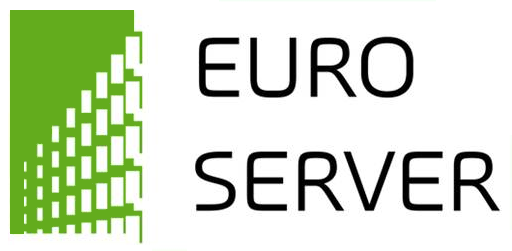Projects
The main objective of this project (MDRAF) was to describe the 3D structure of Mediterranean desert dust outbreaks and study their effects on radiation and atmospheric dynamics by means of numerical modeling (NMMB/BSC Chemical Transport model-NMMB/BSC-CTM). Moreover, the meteorological feedbacks and the forecasting accuracy of NMMB/BSCCTM when dust effects are considered were...
The objective of the RETHINK big project was to bring together the key European system architects and consumers of Big Data systems, to describe a coherent vision that will highlight the various business and technical challenges within the EU, and to achieve success by addressing the need of EU for processing and analysis of Big Data over the next 10 years. More...
A Roadmap to the realization of fusion energy was adopted by the EFDA system at the end of 2012. The roadmap aims at achieving all the necessary know-how to start the construction of a demonstration power plant (DEMO) by 2030, in order to reach the goal of fusion electricity in the grid by 2050. The roadmap has been articulated in eight different Missions. The present...
The INDOX proposal on industrial oxidoreductases aimed to provide relevant industrial case stories to demonstrate the efficacy of optimized biocatalysts on targeted reactions, and to establish the processes scalability, sustainability and cost-efficiency versus chemical conversion processes. The chemical industry (specialties excluded) is not yet embracing enzymatic oxidation...
In the next decade, EU industries developing Critical Real-Time Embedded Systems (CRTES) (safety, mission or business critical) will face a once-in-a-life-time disruptive challenge caused by the transition to multicore processors and the advent of manycores, tantamount to complex networked systems. This challenge brings the opportunity to integrate multiple applications onto...
The goal of this proposal is to create a coordination activity among consortia involved in the ICT-ENERGY subject with specific reference to bringing together the existing “Toward Zero-Power ICT” community organized within the ZEROPOWER C.A. and the novel “MINECC” (Minimising energy consumption of computing to the limit) community recently funded under...
Data-centres form the central brains and store for the Information Society and are a key resource for innovation and leadership. The key challenge has recently moved from just delivering the required performance, to include consuming reduced energy and lowering cost of ownership. Together, these create an inflection point that provides a big opportunity for Europe, which...
The most common interpretation of Moore's Law is that the number of components on a chip and accordingly the computer performance doubles every two years. This experimental law has been holding from its first statement in 1965 until today. At the end of the 20th century, when clock frequencies stagnated at ~3 GHz, and instruction level parallelism reached the phase of...
Este proyecto tiene como objetivo aplicar las nuevas técnicas de computación de alto rendimiento (HPC) exaescala a las simulaciones de la industria energética yendo más allá del estado de la técnica en las simulaciones requeridas para diferentes fuentes de energía: producción de energía eólica y...
The COMPOSE project aimed at enabling new services that can seamlessly integrate real and virtual worlds through the convergence of the Internet of Services with the Internet of Things. COMPOSE will achieve this through the provisioning of an open and scalable marketplace infrastructure, in which smart objects are associated to services that can be combined, managed, and...








